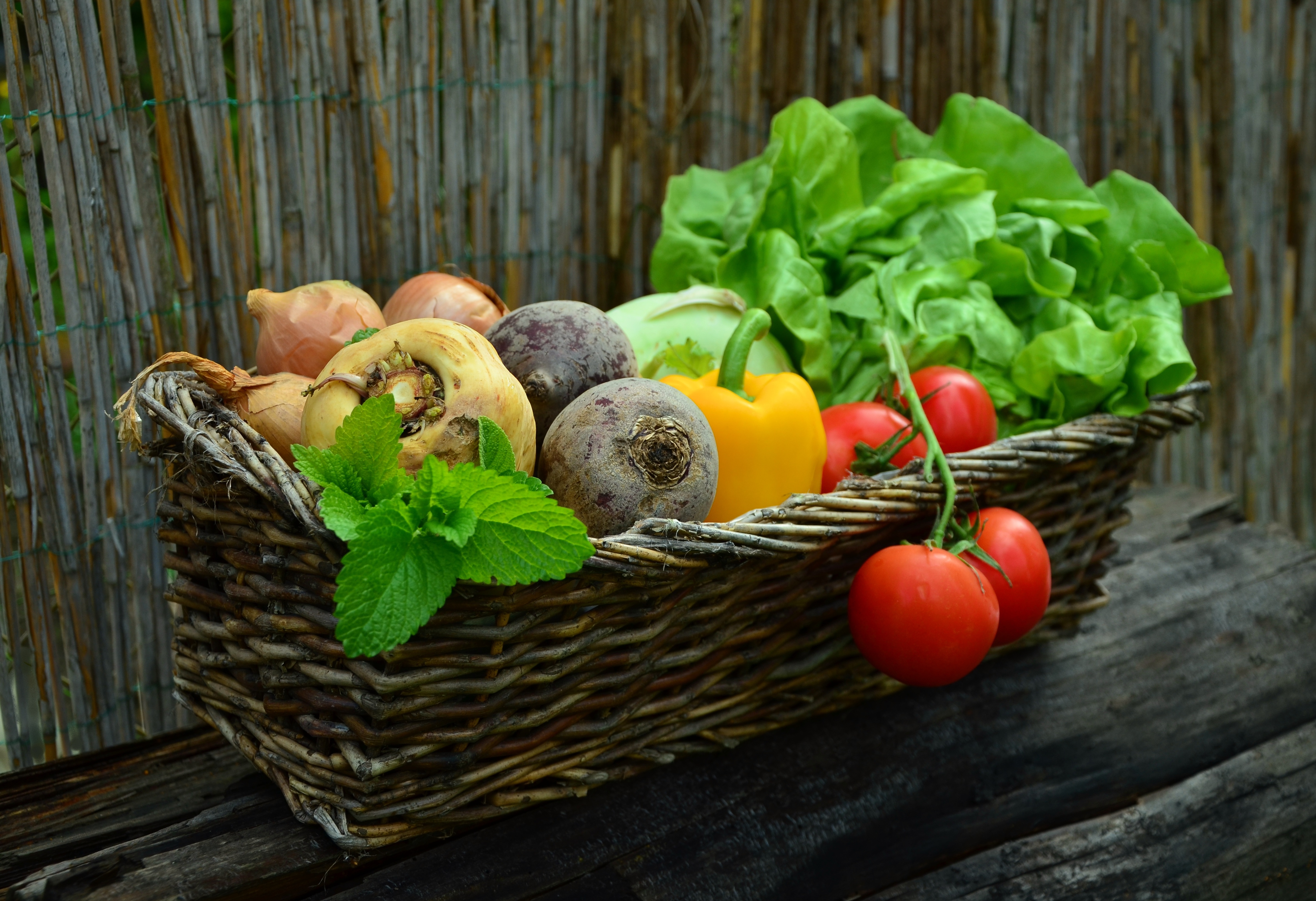 Gardening is a very basic homesteading skill but almost anyone can start gardening anywhere, even in an apartment with very little light.
Gardening is a very basic homesteading skill but almost anyone can start gardening anywhere, even in an apartment with very little light.
Not only can gardening help you start to learn more about what to do when you are ready to begin homesteading but it can also save you a lot of money.
If you live in an apartment, you can plant in containers near your windows. If lighting is an issue, you can try hydroponic gardening with the ends of scallions, romaine lettuce, root vegetables, and other veggies in glass jars near your sink.
For those who own or rent, having a patio garden, a raised garden, or even an in-ground garden is a possibility depending on your situation.
“…almost anyone can start gardening anywhere, even in an apartment with very little light.”
Ideally, you should start with 3-5 types of vegetables or fruits that are both easy to grow and that you will use on a regular basis.
The ten easiest of these for most beginners are:
- Beans – There are many types of green beans and it may get confusing when you begin to review all the varieties. Broad beans, bush beans, pole beans, and more will overwhelm you in the seed catalog and it might seem difficult to make a selection. While all are fairly easy to cultivate, many require trellising and effort to keep upright. “Broad beans” are one of the easiest among these varieties because they are easier to manage.
- Carrots – With so many beautifully colored carrots now available, the only thing you have to wonder is what color to choose. Create a deep, rock free bed and carrots will thrive, growing straight and plump. The tops of the carrot are also not to be wasted. You can add them to your salad or blend them up with almonds, olive oil, garlic, and herbs for a carrot-top “pesto.”
- Cucumbers – You need to provide plenty of space for cucumbers to climb if you are going to trellis them, and recognize that they will creep all over your garden if you allow them to. There are many varieties to choose from and they will provide an over-abundance for you, your friends, your family, and your chickens.
- Lettuce – If you are a fan of salads, you are in luck! Salad greens can take as little as 30 days to mature, less if you prefer micro-greens. Loose leaf or head lettuces require little to establish and very little maintenance. Cut a few leaves off as you need them and allow more to grow. Plant in succession or even in a greenhouse in the Winter and you can have salad greens all year long.
- Sugar Snap Peas – Sweet sugar snap peas can be sown in the spring or fall. They are a crunchy, sweet addition to salads, stir-frys, and vegetable trays or all on their own. They are a favorite snack in our family.
- Radishes – Radishes are among the easiest of vegetables to grow for a beginner. Most varieties are done in 30-45 days. They can be sown directly into the earth in spring or fall and are amazing on salads but did you know that the greens are also edible? We put them in salads or cook them as you would mustard greens.
- Squash – Squash is one of those plants that only requires a few to feed a large family. They are very high yielding. There are so many varieties and if you leave a few on the vine to get larger, they can feed your livestock as well. We plant extra zucchinis and pumpkins just for feeding our chickens and leave them to grow as big as they like until we need them.
- Tomatoes – Tomatoes can grow fruit all summer long. Plants are a fine way to get going when you are first starting out. We grow cherry tomatoes for our salads and snacks, beef steak type tomatoes for sandwiches, and Roma-type tomatoes for canning. Most of the varieties we grow are colorful heirlooms because we love seeing purples and yellows in our salad.
There are many other types of easy to grow veggies for beginners. Just perfect your technique with the ones you are most interested in first and add another couple of varieties every year until you are satisfied with your usual rotation.
Don’t worry about getting bored with the same old thing. There will always be a new variety to try out every year. Some years you will have failures. This year, for example, we lost our entire Summer garden due to problems with our well during a week-long heat wave. Other years there will be overabundance, like the Swiss Chard that wouldn’t quit our first year here because our property caretaker spilled the entire package EVERYWHERE HE WENT as he was planting the garden.
Our best advice to you is this, keep a journal. Not only for your garden but also for your animals (we’ll talk about that more in the future). Write down what worked and where it worked, what you planted next to it, when you planted it, what the weather was like that year, etc. This will come in handy next year, you may not remember the variety you grew or what you planted it near by then.
Go forth, plan, plant, be fruitful, eat, and enjoy!